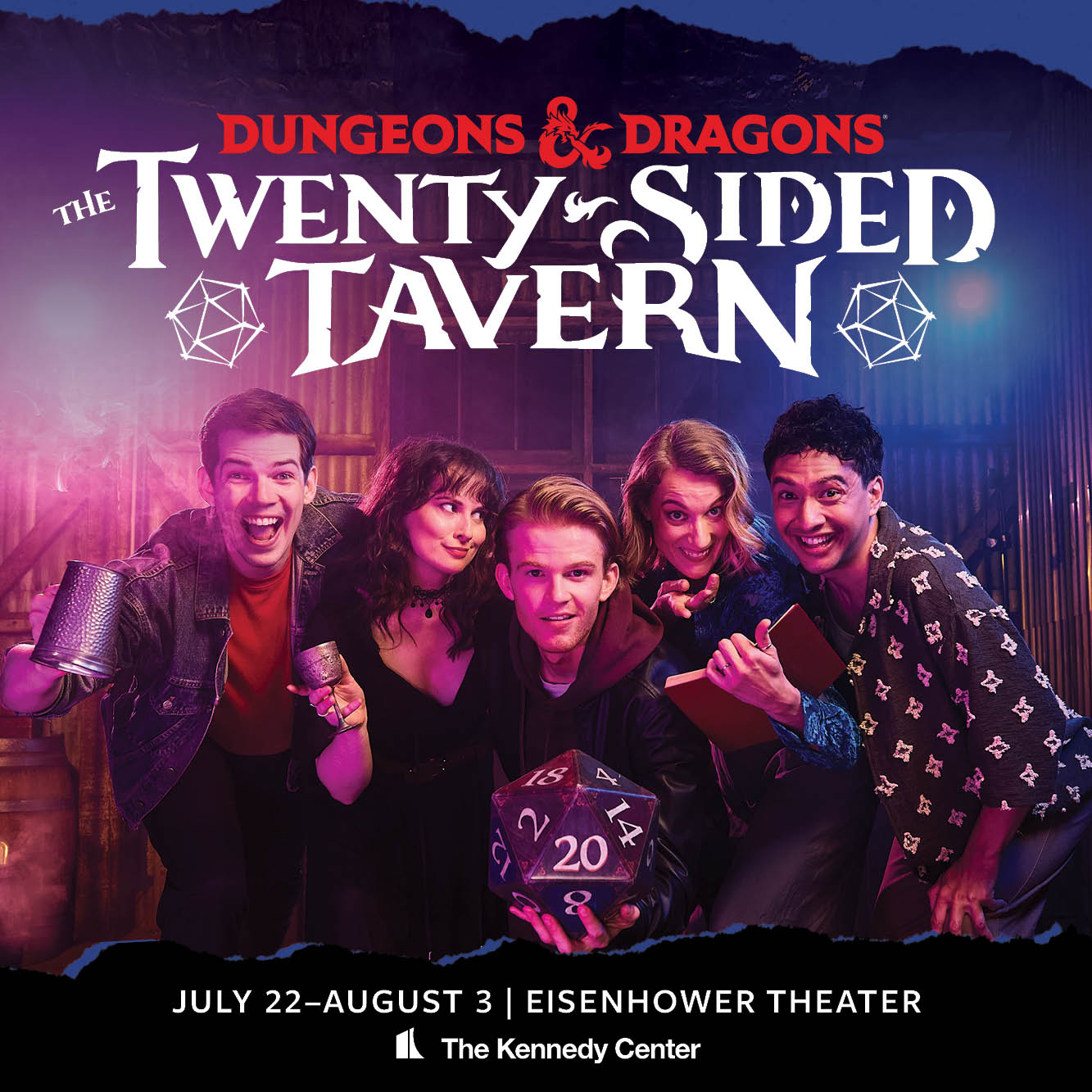We’re a culture of trend followers, forever chasing the next big thing — whether clothes, cars, food, or fashion. The education sector is no different, racking up failed trend after failed trend in the name of saving education. Take personalized learning, for example, which has been tried again and again in various forms since the 1970s. Nearly 50 years later, the concept continues to offer questionable results for schools and students, yet it won’t seem to go away.
AltSchool, founded by a former Google wonk in 2013, is the latest example. A much-heralded network of private pre-K through 8 schools, AltSchool quickly became known for its avant garde teaching approach centered exclusively around a personalized learning platform (not to mention its steep price: annual tuition can top $30,000 per student). At it’s peak, AltSchools operated nine schools in several cities. Less than five years later, however, AltSchool has ceased operations at more than half of its schools, and plans for a Chicago-based school have been scrapped.
In late 2017, AltSchool brainchild, Max Ventilla, told Bloomberg that the company had decided to shift focus away from operating schools, to selling personalized learning software to K-12 public schools across the country. In an era of failed education reform, Ventilla’s own personalized learning experiment was a bust. Parents complained kids were being used as little more than guinea pigs, and lamented screen time as a replacement to human instruction. Regarding Ventilla’s efforts to hock his product to unsuspecting public schools, a parent of one former student said, “How can you bring personalized learning to other schools when it’s failing miserably at the school you’re running?”
As Ventilla was certainly aware, research on the soundness of personalized learning as an effective learning tool has resulted in nebulous findings. Despite that, educators (real ones, not tech geeks and engineers tinkering with eye-tracking software) are highly susceptible to taking the bait. The education crisis has been so solidly packaged and sold that educators are desperate to try anything to close achievement gaps and give low-performing students a perceived leg up.
In a 2015 study, Rand Corporation examined the use of personalized learning in a high school setting. The final report showed recurring weaknesses:
- Personalized instruction and mastery-based approaches were often inconsistent;
- Persistent teacher vacancies limited collaboration and strained teacher capacity; and,
- High-quality instructional materials were not readily available, and teachers struggled to find the time to create their own materials.
Self-guided study is a dicey proposition. When students are allowed to make their own decisions about the content they’ll study and in what progression, alignment with national standards and assessments may be lacking. In the Rand study, educators reported students frequently worked too slowly, which calls in to question if personalized learning can keep students motivated.
Furthermore, time-strapped teachers found it difficult to locate quality material. A study by the Education Technology Industry Network used extrapolated data to quantify the approximate size of the ed tech market: about 855 companies. There is no vetting process on personalized learning software, leaving teachers to experiment with what works, turning classrooms into mini laboratories. Deciding what software to use is akin to slinging spaghetti at the wall to see what sticks.
As education trendsetters have advocated for more instruction in social-emotional learning and massaging behavior issues in the classroom through Positive Behavior Intervention Strategies (PBIS), not only must teachers teach, they must also act as mental health professionals to identify and react to perceived deficiencies in a student’s perseverance, grit, or tenacity. Whilst engaged in pseudo-psychological analysis, the time teachers actually have to teach is cut short. Tasked with creating custom content — multiplied by 30+ students in some public school classrooms — teachers struggle to provide students with unique lessons. Limited time to create lessons for each individual child lends itself to reduced, if not non-existent, customization of learning materials. When content isn’t custom, personalized learning is anything but personal.
By its nature, though, personalized learning is never personal. As Alphie Kohn stated in a 2015 Washington Post article:
Personal learning entails working with each child to create projects of intellectual discovery that reflect his or her unique needs and interests. It requires the presence of a caring teacher who knows each child well.
Personalized learning entails adjusting the difficulty level of prefabricated skills-based exercises based on students’ test scores. It requires the purchase of software from one of those companies that can afford full-page ads in Education Week. [Emphasis added]
Yet Mark Zuckerberg, just another billionaire throwing his philanthropic hat in the ring, still believes personalized learning is the antidote. In a 2017 essay, Zuckerberg said, “…if a student is at the 50th percentile in their class and they receive one-on-one tutoring, they jump on average to the 98th percentile.” That’s a pretty bold statement, but one he makes in reliance on a 1984 University of Chicago study by Benjamin Bloom (Bloom’s Taxonomy), in which two doctoral candidates studied the differences in achievement levels between students who were taught with conventional methods, mastery learning, and one-to-one tutoring. The students in the group that received one-to-one tutoring, not surprisingly, exhibited higher achievement levels. It’s this study on which Zuckerberg relies to support his dream of more screens in front of more kids for more hours of the day; the same thing parents found unacceptable in now-defunct AltSchool classrooms.
What Zuckerberg, Ventilla, and others want to extrapolate from Bloom’s research is that machine learning can produce the same or similar outcomes as one-to-one tutoring. What they don’t want to address is that the study relied on tutoring by real humans, providing human interaction, human feedback, and human communication. Even John Dewey, the father of progressive education, believed education was a social activity. He said, “Most children are naturally ’sociable.’ Isolation is even more irksome to them than to adults.” Supportive of that theory is a 2013 research study from the University of Missouri, in which researchers reported, “…students learn more when they are able to talk to one another and be actively involved. In short, social interaction is vital to the learning process.”
Personalized learning is profitable for some, but a losing proposition to the students who need help. Research results more frequently show technology does not increase student academic achievement and motivation, or that motivational impact is modest at best. Attempts to improve performance via software-driven teaching is a temporary patch with no long term improvements in educational outcomes — a failed trend that needs to finally rest in peace.


